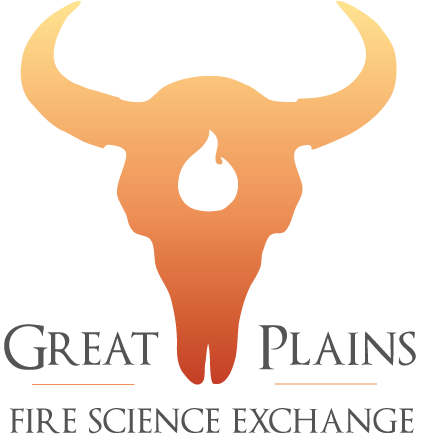K-12 Education
This video is one of the eleven taken from the 2013 Patch Burn Grazing Conference.
Read MoreThis video is one of the eleven taken from the 2013 Patch Burn Grazing Conference.
Read MoreThis video is one of the eleven taken from the 2013 Patch Burn Grazing Conference.
Read MoreThis video is one of the eleven from the 2013 Patch Burn Grazing Conference.
Read MoreThis video is one of the eleven from the 2013 Patch Burn Grazing Conference.
Read MoreThis video is one of the eleven from the 2013 Patch Burn Grazing Conference.
Read MoreThis video is one of the eleven from the 2013 Patch Burn Grazing Conference.
Read MoreThis video is one of the eleven from the 2013 Patch Burn Grazing Conference.
Read MoreThis video is one of the eleven from the 2013 Patch Burn Grazing Conference
Read MoreThis video features Bill Waln FMO at the Fish and Wildlife Service discussing how to construct and use sandtables for for prescribed fire training. Sandtables can be useful for burn bosses to work through fire operations in a safe environment. Contingency planning is also beneficial with these tools.
Read More
